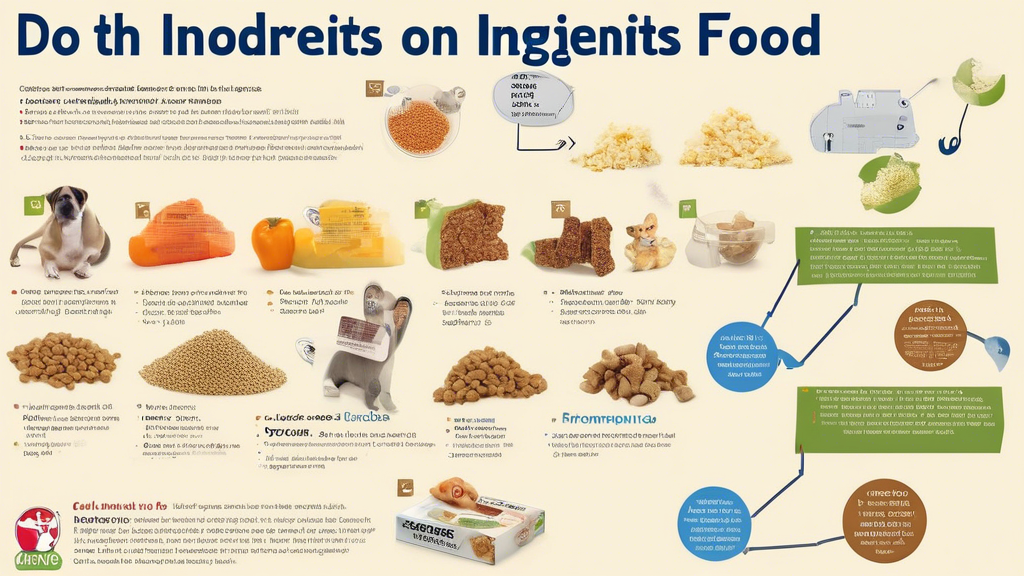**When: Delving into the Nuances of Temporal Expression**
**Introduction**
Time is an integral concept that permeates all aspects of our lives. Comprehending the temporal dimension is crucial for effective communication, planning, and comprehending the world around us. One word that plays a pivotal role in expressing time is when.
When is a versatile term that encompasses various time frames, from the distant past to the immediate future. It serves as a conjunction, an adverb, and even a noun, depending on the context. This article delves into the intricate depths of when, exploring its grammatical usage, practical applications, and profound impact on our understanding of time.
By delving into the complexities of when, we not only enhance our linguistic proficiency but also gain a deeper appreciation for the ephemeral nature of time and its multifaceted role in our daily lives.
Understanding the Concept of When
Time is a fundamental aspect of human experience, and the word when plays a crucial role in our understanding and communication about temporal relationships.
Different Time Frames and Their Significance
The word when can refer to various time frames, depending on the context:
- Past: When I was a child, I used to play outside all the time.
- Present: When I am in the park, I enjoy watching the birds.
- Future: When I graduate, I plan to travel around the world.
- General or Indefinite: When opportunity knocks, we should seize it.
Using When in Different Contexts
When can be used in a variety of grammatical contexts:
- Questions: When does the bus depart?
- Statements: I will let you know when I have more information.
- Clauses: When the sun sets, the birds fly to their nests.
- Adverbial Phrases: When in doubt, ask for help.
Grammar and Usage of When
When using when, it is important to consider the following grammatical rules:
- Tense Concord: When used as a subordinate conjunction, when should agree in tense with the main clause.
- Comma Placement: When when begins a subordinate clause that is not essential to the meaning of the sentence, it should be preceded by a comma.
- Time Frames: When referring to specific time frames, it is important to use precise language to avoid confusion.
The #1 Free Source for Pitbull & Bully Pedigrees!

Applications of When in Various Domains
The versatility of when extends beyond its grammatical functions, reaching into diverse domains where it plays critical roles.
Journalism and Reporting
In journalism, when serves as an anchor for establishing timelines and sequencing events. News articles rely on a clear understanding of when events occurred to provide a coherent narrative.
For example: When the earthquake struck at 6:30 AM, the city was still asleep. This sentence pinpoints the exact time of the event, allowing readers to grasp the timing and significance of subsequent events.
Business and Communication
In business settings, when becomes an indispensable tool for setting deadlines and communicating schedules. Contracts, meeting agendas, and project plans all rely on precise time-keeping.
For instance, a project plan might state: The prototype must be completed when the product specifications are finalized. This clarifies the dependency between tasks and ensures that project milestones are met.
Technology and Software
When plays a vital role in software development, particularly in temporal logic and event-driven programming. Temporal logic formalizes the relationship between events and time, allowing developers to reason about the behavior of complex systems.
For example, a scheduling application might use the following rule: When a new appointment is added, send a notification to the attendee. This rule ensures that attendees are promptly informed about upcoming events.
Everyday Life
In our daily lives, when is an indispensable tool for planning, appointments, and time management. Calendars, schedules, and to-do lists all rely on the concept of when to organize our activities.
For example, you might schedule an appointment for when the doctor’s office opens tomorrow at 9 AM. This ensures that you arrive at the right time and avoid delays or missed appointments.
By understanding the diverse applications of when, we can harness its power to communicate effectively, structure our lives, and build complex systems. Its versatility and flexibility make it an essential tool in a wide range of contexts.
**Conclusion**
Understanding and utilizing the concept of when is crucial in various aspects of our lives. It enables us to comprehend timeframes, establish timelines, communicate schedules, and manage our daily routines effectively. By delving into the different applications of when, we gain a deeper appreciation for its versatility and significance.
In journalism, when serves as a cornerstone for accurately reporting events and establishing timelines. It allows readers to contextualize information and grasp the sequence of events. Similarly, in business and communication, when is indispensable for setting clear deadlines, coordinating schedules, and ensuring timely execution of tasks.
In the realm of technology, when plays a pivotal role in temporal logic and event-driven programming. It grants programmers the ability to define temporal relationships between events and respond to changes in real-time. This capability is fundamental for developing sophisticated software systems that interact with the temporal dimension.
Finally, when permeates our everyday lives, aiding us in planning appointments, managing schedules, and making informed decisions. It allows us to structure our time, prioritize tasks, and stay organized in a fast-paced world.
In conclusion, the concept of when is an indispensable tool that empowers us to navigate the temporal dimension. Its applications span across diverse fields, from journalism to technology and everyday life. By embracing its versatility, we can enhance our communication, productivity, and overall well-being.














Leave A Comment